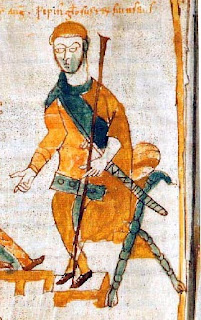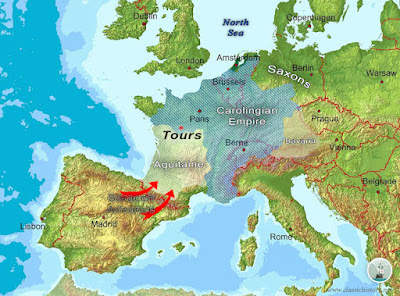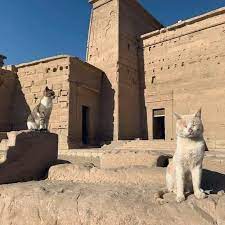When he was three years old, he was named King of Aquitaine, giving him rule (with regents) of the southwestern part of the Frankish empire. Charlemagne sent his sons to their respective territories at a young age (as with Pepin in Italy) so that they would grow up intimately connected with the customs of the people over whom they had control. When in 785 Charlemagne sent for his son to see how things were going, Louis showed up with a retinue all wearing Basque garb (Basques were a chief part of the army in Aquitaine).
Louis did expand the boundaries of the empire into the Iberian Peninsula, crossing the Pyrenees with a large army and capturing Barcelona in 797.
When Charlemagne was ailing in 813, with Louis' brothers Charles the Younger and Pepin of Italy having recently passed away, he called Louis to his side at Aachen and named him co-emperor in the presence of several nobles, who agreed to the choice. In 814, hearing that his father had died, Louis immediately went to Aachen and crowned himself emperor. His first act was to purge members of the court he did not trust fully. He eliminated pagan symbols. He sent his sisters to nunneries, and forced his father's cousins to be tonsured and sent to monasteries. He wanted to ensure there would be no potential claimants to the throne.
Then he embarked on one of the longest reigns in that part of the world, but since Louis' actions have been mentioned many places, such as here, we will move on to Charlemagne's other children, starting with the daughters of Hildegarde. Stay tuned.






























